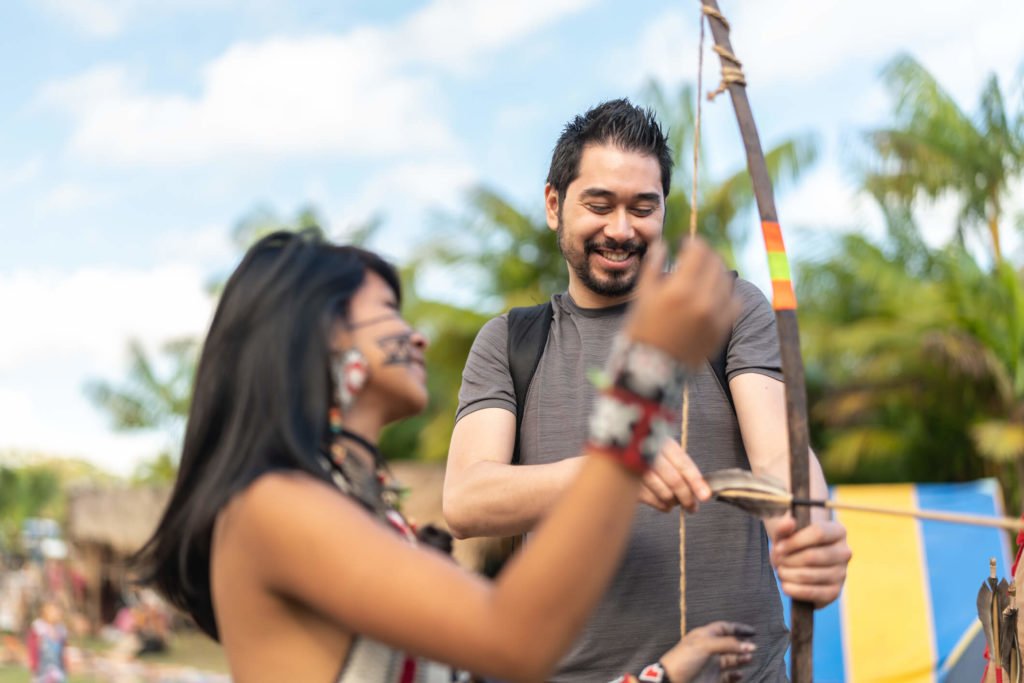When we speak about ethnography, we are talking about a method of the social sciences which is based on anthropology. The main goal is to study the culture and behavior of some social groups.
Although it is an academic study, this area has been gaining space in the corporate world, specially in companies that are focused on marketing through social media. With ethnographic research, managers can get insights and reports that serve as a basis for their direct actions toward the audience, which allows them to have a specific work that can improve these customers’ experience.
In this article we will explore what an ethnographic research is and what its basis are. Keep reading and check it out!
What is an ethnographic research?
The ethnographic research appeared in the end of the 19th century with some researchers who wanted to understand communities and their social groups more deeply.
Before ethnographic research existed, this kind of knowledge came from speculations around social philosophy, in other words, with no contact with social reality. But, after this type of research began, these studies started being based on a deep analysis of certain behaviors, beliefs and other characteristics of a community – or, as far as companies are concerned, of its public.
How does this research work?
As we have mentioned, it is through a well-applied ethnographic research that a business manager can have a profound experience with individuals. In order to do that, three specific actions must be taken:
- listen to what people say;
- feel what they feel;
- observe what they do.
Yes, you read it right. The first thing that an ethnographic research requires is for you to listen to what your public says they do, and not observe what they really do. There is an interesting difference between these two concepts, and you will feel that once you get to the other steps of the process.
The next step is to observe these customers’ behavior. The researcher can actually spend some time with them, or map their online moves, checking everything they do with no interference. It is important to understand, for example, how these people organize their daily routine: with public transportation, lunch time, how they consume, how they interact with certain brands and positions, etc.
Finally, the last step has to do with experiencing - in other words, you cannot just observe, but you must also imitate what this group of people does. Living what people live is the best way to dive into their daily lives in an immersive manner, and this immersion can be key for your business.
When you carry out an ethnographic research with a group (even if it is a small group), with a broader approach and the right tools and strategies, you will be able to have insights that a thousand forms would possibly not provide you with.
What should you carefully observe when analyzing the results of an ethnographic research?
The main objective of the research, as we have previously said, is to understand the reasons behind certain behaviors. Therefore, the researcher must always analyze the broader context, by viewing the public as a group to a point where it is possible to extract particularities from it which can be generalized and studied in a micro-analytical manner.
In order to do that, the analysis must include immersion, observation, living together and the interview as research tools. And, for these tools to be applied, the role of the researcher is to interpret this reality, or observe empirical data that was collected to help management.
Finally, we have seen a synthesis of what an ethnographic research is so that you can understand its importance for businesses to continuously align their processes to their customers’ needs, thus creating products or services that meet their expectations.
Now, if you liked this post, check out the ideation processes for increasing the creative potential of your team!




